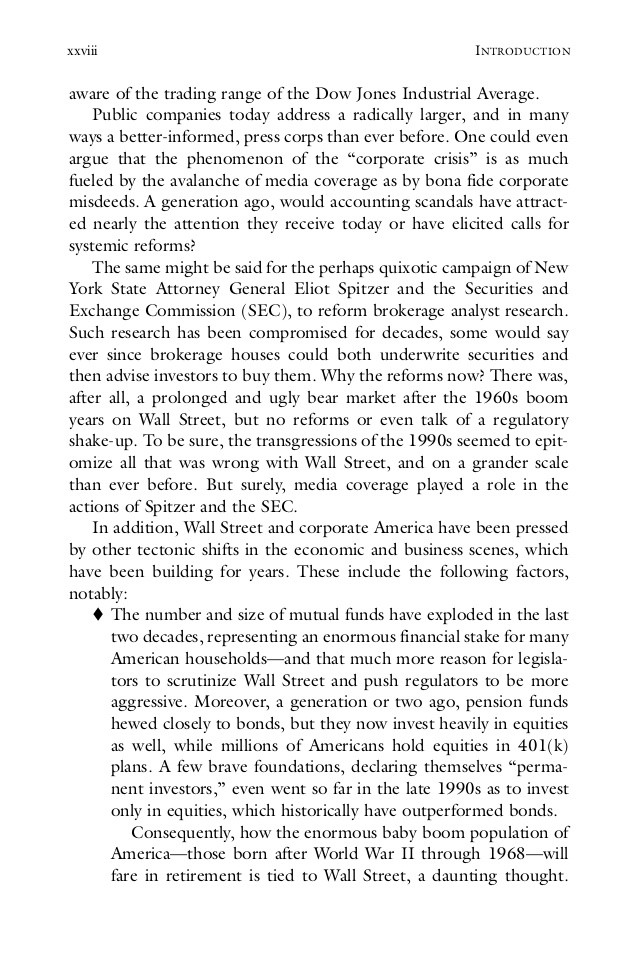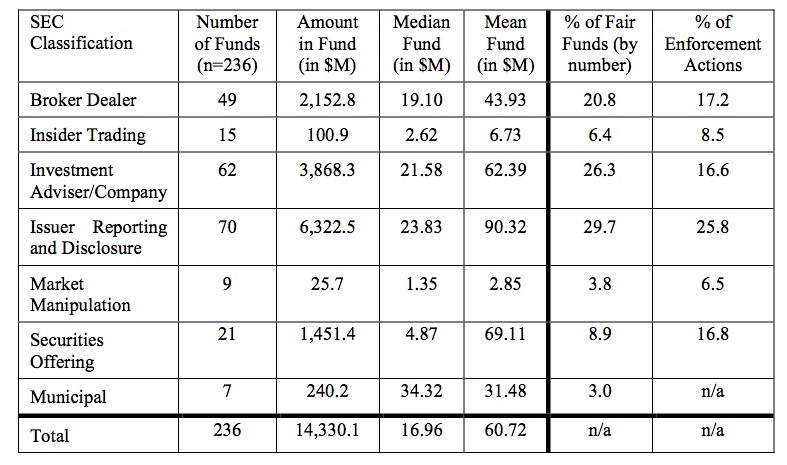Guide to Public ADR Offerings in the Harvard Law School Forum on Corporate Governance and
Post on: 16 Март, 2015 No Comment

Guide to Public ADR Offerings in the U.S.
Editor’s Note: The following post comes to us from Cleary Gottlieb Steen & Hamilton LLP. This post is based on the introduction of a Cleary Gottlieb memorandum by Leslie Silverman and Jorge Juantorena. titled Guide to Public ADR Offerings in the United States; the full publication is available here .
I. Introduction
In the United States, the shares of many foreign corporations are traded in the form of American Depositary Shares (“ADSs”) that represent the underlying foreign shares on a share-for-share, partial-share or multiple-share basis. ADSs are usually issued by a U.S. commercial bank (the “Depositary”), which holds the underlying foreign shares directly or through a foreign correspondent (the “Custodian”). ADSs historically have been referred to by the negotiable certificates evidencing the ADSs, known as American Depositary Receipts (“ADRs”). [1]
The issuance of ADRs may be either “sponsored” or “unsponsored.” “Unsponsored” ADRs are issued by a Depositary for already outstanding foreign shares, without an agreement with the issuer of the shares. An ADR facility for an issuer’s shares, however, cannot be established unless the issuer either (i) is subject to the periodic reporting requirements under the Securities Exchange Act of 1934 (the “1934 Act”), or (ii) is exempt from these reporting requirements pursuant to Rule 12g3-2(b) under the 1934 Act. [2] Consequently, in the case of an issuer that does not meet either of these two conditions, a Depositary cannot create an unsponsored ADR facility without the issuer’s cooperation. [3]
“Sponsored” ADRs are issued by a Depositary pursuant to an agreement with the issuer and with its financial support for shares that are already outstanding or for shares issued specifically for an offering of ADRs in the United States. There are three “levels” of programs for publicly traded ADRs: Levels 1 and 2 relate to shares already outstanding, while Level 3 relates to a new offering of shares. Each level involves registration requirements of varying complexity.
In brief, a Level 1 program is the most accessible for foreign issuers whose securities are traded on a foreign stock exchange. ADRs issued under a Level 1 program are traded in the U.S. over-the-counter (“OTC”) market. A Level 1 program requires that only Form F-6, a simplified 1933 Act registration statement, be filed with the SEC. Level 2 ADR programs involve U.S. exchange-listed ADRs without raising new capital. In addition to a 1933 Act registration statement on Form F-6, Level 2 ADR programs require filing of a more extensive 1934 Act registration statement on Form 20-F. Level 3 programs involve a public offering to raise capital in addition to an exchange listing. Level 3 programs require filing of a 1933 Act registration statement on Form F-1, which requires substantially the same issuer information as Form 20-F. Level 3 ADR programs similarly require filing of the simplified 1933 Act registration statement on Form F-6.
In addition to the three levels of programs for publicly traded ADRs, issuers may also opt for a “restricted” ADR program, which provides access to the U.S. markets through Rule 144A under the 1933 Act without SEC registration. Restricted ADR programs enable issuers to raise capital through the private placement of ADRs with large institutional investors in the United States and do not require filing any registration statement with the SEC.
This memorandum describes the U.S. legal requirements and the principal procedures involved in the public offering in the United States of shares of a “foreign private issuer” [4] represented by ADRs issued under a sponsored ADR program.
The full memorandum is available here .
[1] In a technical sense, “an ADR is the physical certificate that evidences [an] ADS. and an ADS is the security that represents an ownership interest in deposited securities. ” SEC Release No. 33-6894 (May 23, 1991). However, market practice has tended to refer to the underlying security as an “ADR” whether or not the security is in certificated or book-entry form. Today, most ADSs are in book-entry form, although many deposit agreements allow investors to exchange book-entry ADSs for certificated ADRs. In light of market practice, this memorandum will refer to the security as an “ADR”.

sec.gov/divisions/corpfin/internatl/companies.shtml .
[3] It is important for issuers to consider that depositaries can and have set up unsponsored ADR facilities for those issuers that are automatically exempt from registration and reporting requirements pursuant to Rule 12g3-2(b) without the issuer’s cooperation. The existence of unsponsored ADR facilities may become an obstacle to an issuer’s establishing a sponsored ADR facility, since it is the position of the staff of the SEC that a sponsored ADR facility may not be established unless all unsponsored ADR facilities relating to the same underlying securities are terminated. In such a case, negotiated fees for cancellation of the unsponsored ADRs must be paid to the depositaries of the unsponsored programs; these fees, which can be quite significant, are typically borne by the issuer or by the depositary of the new sponsored facility.
[4] A corporation incorporated or organized under the laws of a foreign country is a “foreign private issuer” under Rule 405 under the 1933 Act and Rule 3b-4 under the 1934 Act, unless (A) more than 50 percent of the corporation’s outstanding voting securities are directly or indirectly held of record by residents of the United States, and (B)(i) the majority of its executive officers or directors are U.S. citizens or residents, (ii) more than 50 percent of its assets are located in the United States or (iii) its business is administered principally in the United States. If a foreign corporation ceases to qualify as a “foreign private issuer,” it will become subject to the provisions of the U.S. securities laws applicable to a domestic corporation. represented by ADRs issued under a sponsored ADR program.
For purposes of this definition, a foreign private issuer should calculate its U.S. ownership by taking account of beneficial ownership reports provided to it or publicly filed (in the United States or other jurisdictions) and by “looking through” the record ownership of those brokers, dealers, banks and nominees located in the United States, in the issuer’s home jurisdiction or in the primary trading market for the issuer’s securities to determine the residency of their customers. Because brokers, dealers, banks or other nominees may be unwilling or unable to provide information about their customer accounts, if the foreign private issuer is unable to obtain this information after reasonable inquiry or if the cost of obtaining it is unreasonable, it may assume that the customers are resident in the jurisdiction where the nominee has its principal place of business.
Corporations must test their qualification to be a foreign private issuer annually on the last business day of their second fiscal quarter (rather than on a continuous basis). A corporation that qualifies to be a foreign private issuer will immediately become eligible to use the forms and rules for foreign private issuers under the 1933 Act and 1934 Act. An issuer that ceases to qualify as a foreign private issuer will have to begin using the forms and complying with the rules for domestic issuers on the first day of the fiscal year following the date on which the issuer no longer qualifies as a foreign private issuer. See SEC Release Nos. 33-8959, 34-58620 (Sep. 23, 2008).














